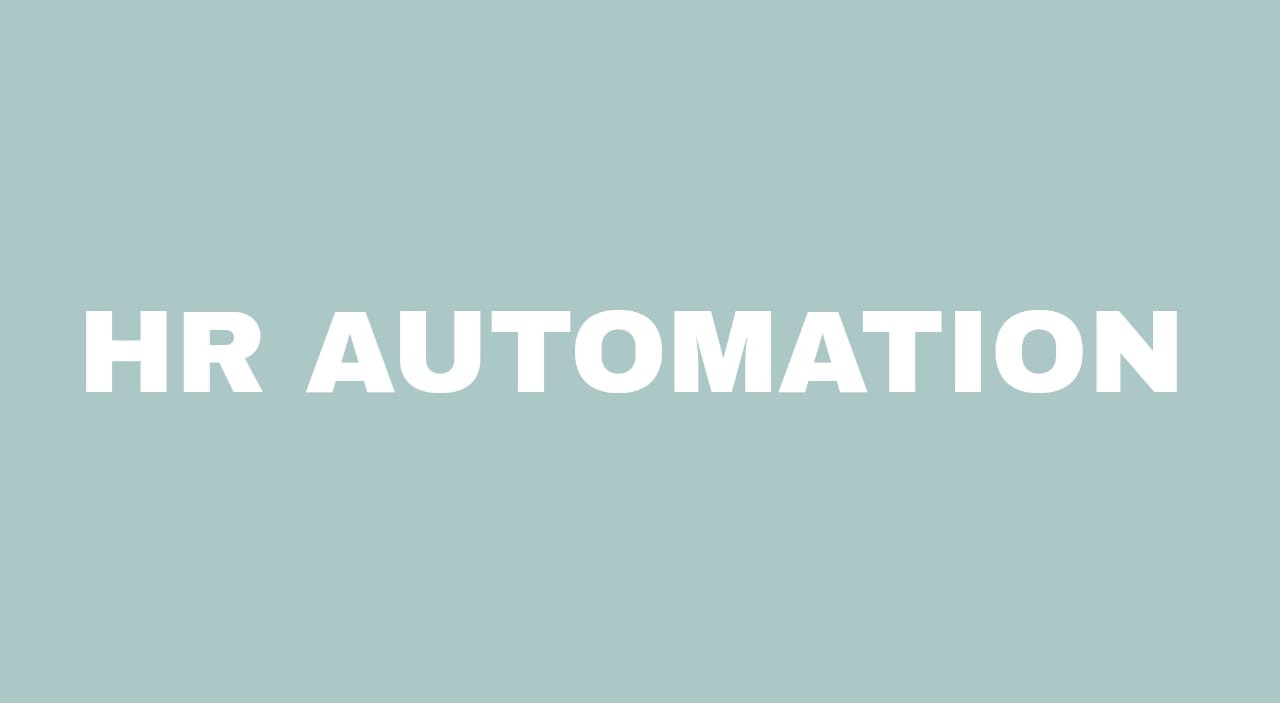Physical Address
304 North Cardinal St.
Dorchester Center, MA 02124
Physical Address
304 North Cardinal St.
Dorchester Center, MA 02124

The pandemic accelerated the hybrid work model for global companies and gave a new dimension to HR process automation. A 2022 research by Gartner shows that 74% of HR leaders believe their organizations are undergoing a broader transformation to become more agile. This includes the adoption of AI tools, the use of Robotic Process Automation, and the creation of virtual strategies for better talent retention.
Organizations are embracing the shift to HR automation as means of improving globalization within their workforce. By doing away with bureaucracy and adopting more connected, diverse practices, companies have found success in eliminating geographic and cultural boundaries.
In this article, we dive deeper into how HR automation is driving change and what the future looks like.
HR automation involves using technologies to eliminate repetitive tasks and improve HR processes, including tasks related to recruitment, onboarding, performance management, payroll and benefits administration, and employee engagement.
In today’s fast-paced business environment, companies are adopting HR automation technologies for increased cost savings, productivity, and overall competitiveness. Using these technologies helps companies automate mundane and repetitive tasks to create a work environment that is flexible and responsive.
Let’s explore a few use cases of companies that have increased productivity using HR automation.
A recent IBM case study stated an interesting example of how HR automation helped Deloitte transpire change in the most simple yet impactful way. For years, preparing and streamlining key management reports took a lot of time for Deloitte’s employees. They had to manually input data into multiple systems and prepare Excel spreadsheets under rigorous deadlines. And to ensure that there are no errors, senior management had to spend hours reviewing them.
Execs shared that it took them 5 to 8 days of steady work to gather information, prepare the budget, and report the updates. It also took their time away from other value-addition activities.
Through the use of RPA bots, the company was able to reduce the preparation time for management reports from 5 days to 1 hour. After using RPA bots to streamline management reports, the company has set up additional bots dedicated to the monthly management report, accounts receivable, travel expenses, and currency exchange rate monitoring.
Gulf Coco-Cola wanted to optimize its HR processes, including the ticket management system, IT workflows, and other finance-related services for keeping up with evolving employee needs. To do this, they launched Leena AI’s conversational platform, AskArwa, to streamline and automate employee queries across multiple channels. The solution helped eliminate internal inefficiencies and enabled HR leaders to make informed decisions.
Now, HR professionals have a single all-in-one dashboard that lets them keep track of employee queries and address them effectively. With AI-powered tools, the company was able to reduce the resolution time from weeks to days.
Incorporated in 2019, The Patriots is a mid-sized investment holding and digital publishing company. Earlier, they relied on Excel sheets and faced multiple challenges, including time-consuming attendance systems, unsystematic data management, and inefficient manual recruitment process.
To solve these issues, they partnered with GrooveHR systems and adopted a system that allowed them to organize data seamlessly, send automated follow-ups to potential candidates, and track the recruitment process of each candidate. The system also helped them to solve their attendance and payroll issues, making things easier to process and meet growing business needs.
Adopting HR automation technologies is no walk in the park. That’s because the type of technology HR leaders decides to implement will determine their capability to recruit and manage talent in the future. Innovations such as AI, RPA, and virtual assistants have paved the way for companies to create a more connected workforce. Let’s discover how these technologies will shape the future of work in 2023 and beyond.
People analytics means following a data-driven approach to manage people at work and improve critical business outcomes. By automating the data collection process and using AI tools to analyze massive datasets, managers can improve the HR pipeline, including recruitment, compensation, training, and evaluation. Here’s how AI and people analytics can change the HR processes for the better:
Remote working will persist and require management to create flexible work policies and adopt innovative digital tools to empower employees to work from anywhere. Here’s how automation will help employees manage remote working in the future:
Recent reports show that employee wellness is expected to be a top priority for HR leaders in 2023. This is because depression and anxiety rates have increased by 25%. It is a major wake-up call for employers to shift their priorities to people and create personalized mental health wellness programs.
In the future, businesses will focus more on holistic wellness programs that can help employees to manage their mental and physical health. There will be comprehensive schemes that involve initiatives like gym memberships, spaces for meditation, and round-the-clock support. The rise of automated mental health programs fueled by AI and RPA technologies will also help employees detect high anxiety or depression levels and help alleviate them.
Using HR automation strategically can unlock massive value. But incorporating it requires time, effort, and money. And not every tool is going to help you. To ensure that you make the right investment decisions, here are some of the best industry practices you need to consider:
While technology has accelerated things, we can still see many shakedowns. From geopolitical conflicts to inflation to industry-wide layoffs, the scope of work will continue to be complex for even the most accomplished HR leaders. However, with proper training, adaptability, and automation technologies, companies and workers can overcome multiple challenges.